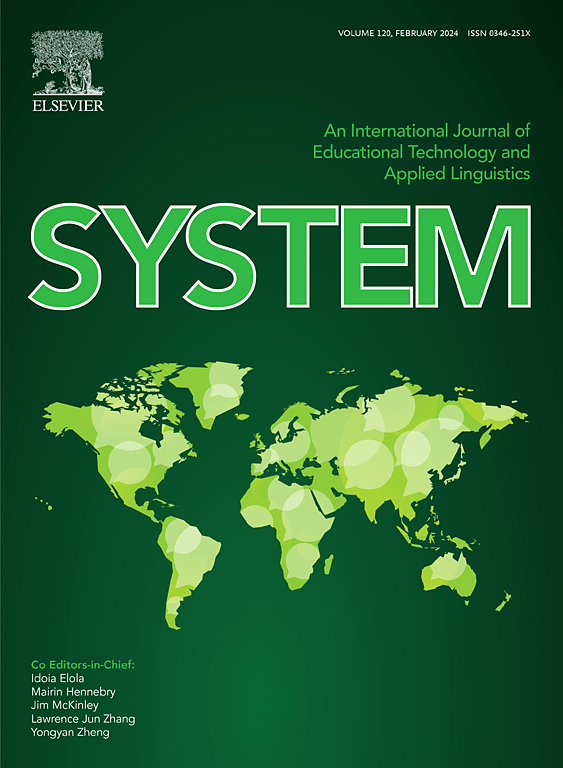酶促棉籽蛋白缓解黄颡鱼幼鱼(Pelteobagrus fulvidraco) dss诱导的肠炎:重点关注肠内巨噬细胞极化和坏死下垂
IF 6.5
1区 农林科学
Q1 Agricultural and Biological Sciences
引用次数: 0
摘要
在集约化养殖系统中,肠炎的频繁发生降低了生产效率并造成重大经济损失。蛋白质饲料占水产饲料费用的40%-60%,随着集约化养殖的增长,作为主要蛋白质来源的鱼粉供不应求,推高了价格。本研究探讨了将饲料蛋白质水平降低3%并添加酶促棉籽蛋白(ECP)对黄颡鱼幼鱼右旋糖酐硫酸钠(DSS)诱导的肠炎的治疗作用。选取平均体重为5.90±0.05 g的健康黄颡鱼幼鱼1260尾,随机分为7个试验组,每组3个重复。分别饲喂7种饲料中的一种,为期10周:正常蛋白质饲料(42%;NP)和6种低蛋白质饲料(39%;LP),分别添加0% (ECP0)、1% (ECP1)、2% (ECP2)、3% (ECP3)、4% (ECP4)和5% (ECP5)的ECP。随后,从每组中选取48尾鱼,给予1 mL 6% DSS溶液。结果表明:(1)与DSS + NP组相比,DSS + ECP0组加重了黄颡鱼幼鱼DSS诱导的肠炎。(2)在LP饲粮中添加ECP显著提高了LZM、C3、C4和ACP等免疫反应物质的酶活性和水平(P < 0.05)。机制上,首先,补充ECP通过抑制M1表型而促进M2表型来调节巨噬细胞极化,可能通过JAK-STAT信号通路;其次,膳食ECP可能通过NF-κB和MAPK信号通路抑制关键坏死相关蛋白(包括RIP1、RIP3和MLKL)的磷酸化级联反应。(3)与DSS + NP组相比,DSS + ECP2组在缓解DSS诱导的肠道肠炎方面疗效相当或优于DSS + NP组。我们的研究结果表明,ECP可以通过调节巨噬细胞极化和减少坏死下垂来减轻dss诱导的肠炎。此外,补充ECP可有效抵消饲料蛋白质减少引起的肠炎恶化。这些发现突出了ECP在缓解肠炎和保存蛋白质方面的有效性和可行性。本文章由计算机程序翻译,如有差异,请以英文原文为准。
Enzymatic cottonseed protein alleviates DSS-induced enteritis in juvenile yellow catfish (Pelteobagrus fulvidraco): focus on macrophage polarization and necroptosis in the intestine
In intensive aquaculture systems, the frequent incidence of enteritis reduces production efficiency and results in significant economic losses. Protein feeds account for 40%–60% of aquafeed expenses, and with the growth of intensive aquaculture, demand for fishmeal as a key protein source outstrips supply, driving up prices. This study investigated the therapeutic potential of reducing dietary protein levels by 3% and adding enzymatic cottonseed protein (ECP) in juvenile yellow catfish with dextran sulfate sodium (DSS)-induced enteritis. A total of 1,260 healthy juvenile yellow catfish (Pelteobagrus fulvidraco), with an average body weight of 5.90 ± 0.05 g, were randomly allocated into 7 experimental groups, each with 3 replicates. The fish were fed one of seven diets for 10 weeks: a normal-protein diet (42%; NP) and 6 low-protein diets (39%; LP) supplemented with graded levels of ECP at 0% (ECP0), 1% (ECP1), 2% (ECP2), 3% (ECP3), 4% (ECP4), and 5% (ECP5), respectively. Subsequently, 48 fish from each group were selected to receive 1 mL of 6% DSS solution. Our findings demonstrated that: (1) The DSS + ECP0 group aggravated DSS-induced enteritis in juvenile yellow catfish compared to the DSS + NP group. (2) Dietary supplementation of ECP in LP diets significantly enhanced the enzymatic activity and levels of immunoreactive substances, including LZM, C3, C4, and ACP (P < 0.05). Mechanistically, first, ECP supplementation modulated macrophage polarization by inhibiting the M1 phenotype while promoting the M2 phenotype, potentially through the JAK-STAT signaling pathway; second, dietary ECP suppressed the phosphorylation cascade of key necroptosis-related proteins, including RIP1, RIP3, and MLKL, potentially via the NF-κB and MAPK signaling pathways. (3) The DSS + ECP2 group demonstrated comparable or superior efficacy to the DSS + NP group in mitigating DSS-induced intestinal enteritis. Our results demonstrated that ECP can alleviate DSS-induced enteritis by regulating macrophage polarization and reducing necroptosis. Furthermore, ECP supplementation effectively counteracted the exacerbation of enteritis caused by dietary protein reduction. These findings highlighted the effectiveness and feasibility of ECP in alleviating enteritis and saving protein.
求助全文
通过发布文献求助,成功后即可免费获取论文全文。
去求助
来源期刊

Journal of Animal Science and Biotechnology
AGRICULTURE, DAIRY & ANIMAL SCIENCE-
CiteScore
9.90
自引率
2.90%
发文量
822
审稿时长
17 weeks
期刊介绍:
Journal of Animal Science and Biotechnology is an open access, peer-reviewed journal that encompasses all aspects of animal science and biotechnology. That includes domestic animal production, animal genetics and breeding, animal reproduction and physiology, animal nutrition and biochemistry, feed processing technology and bioevaluation, animal biotechnology, and meat science.
 求助内容:
求助内容: 应助结果提醒方式:
应助结果提醒方式:


